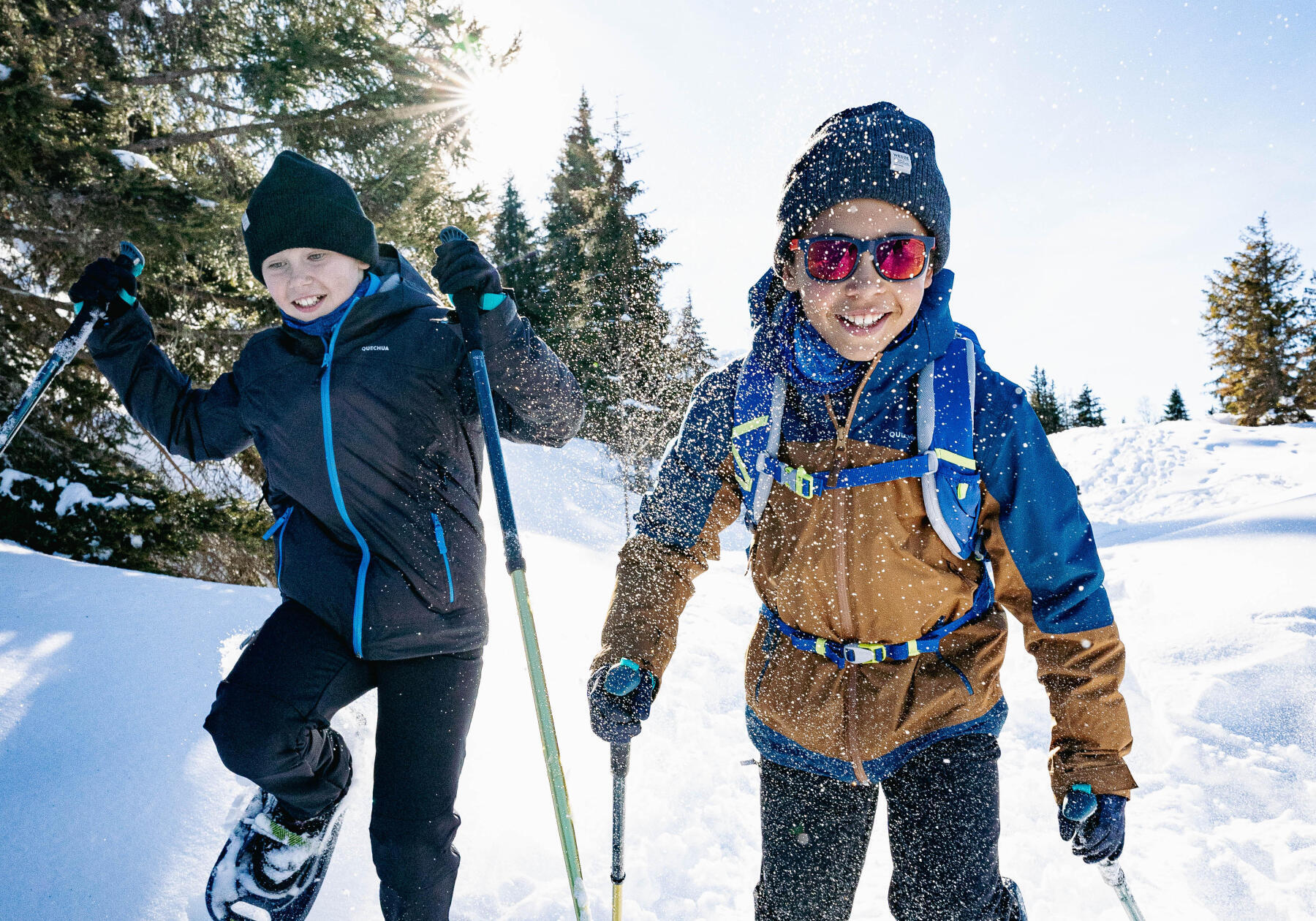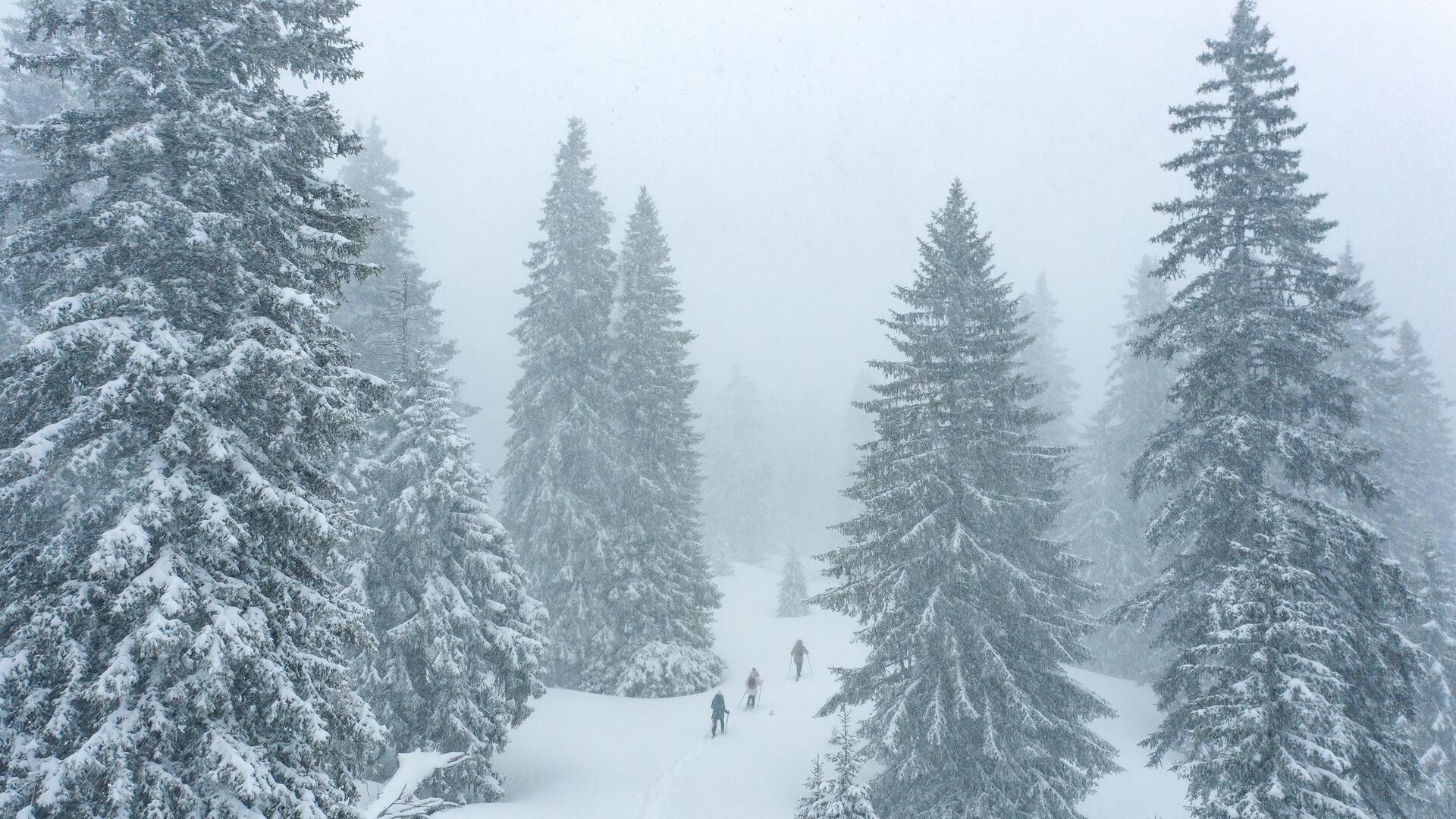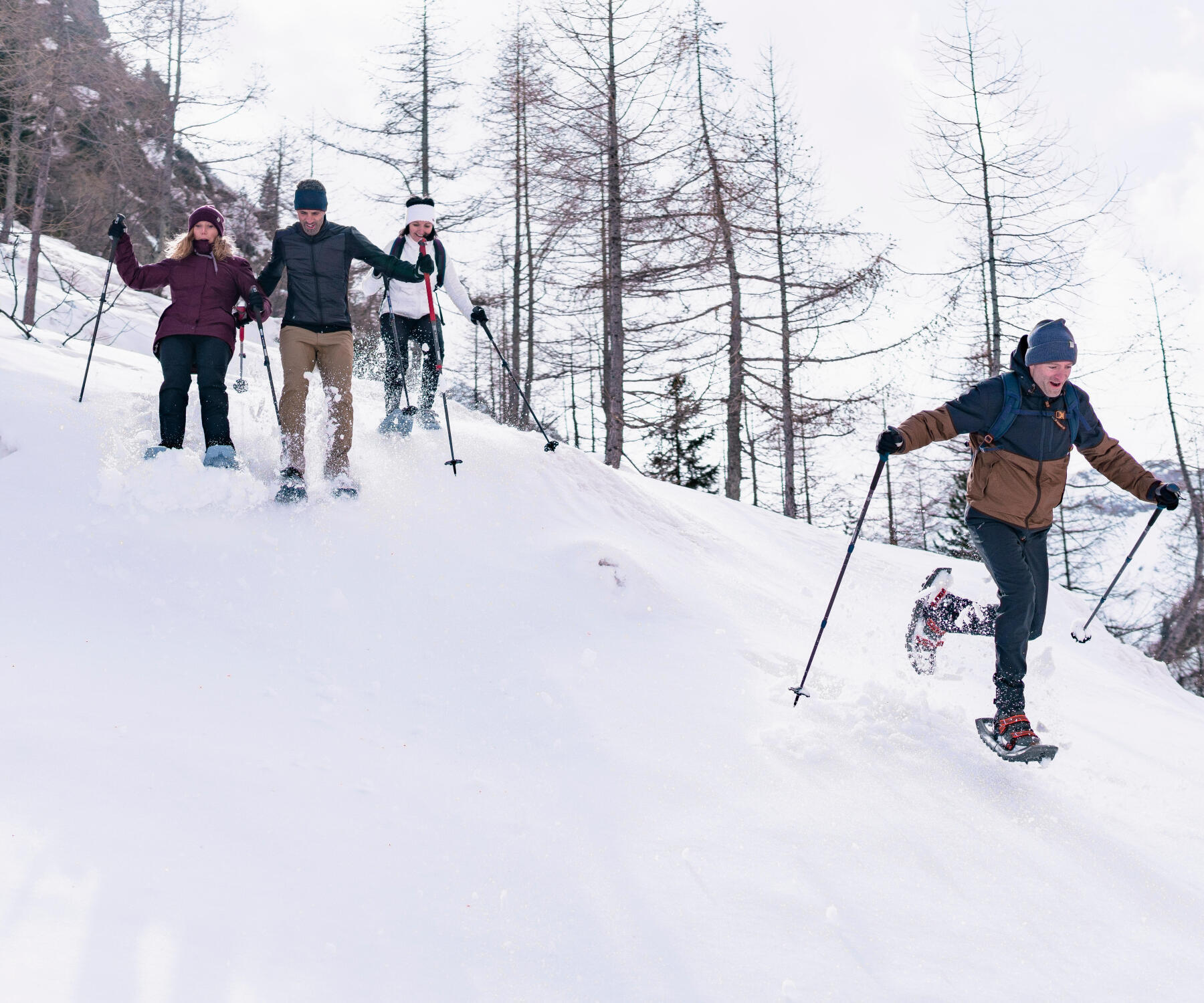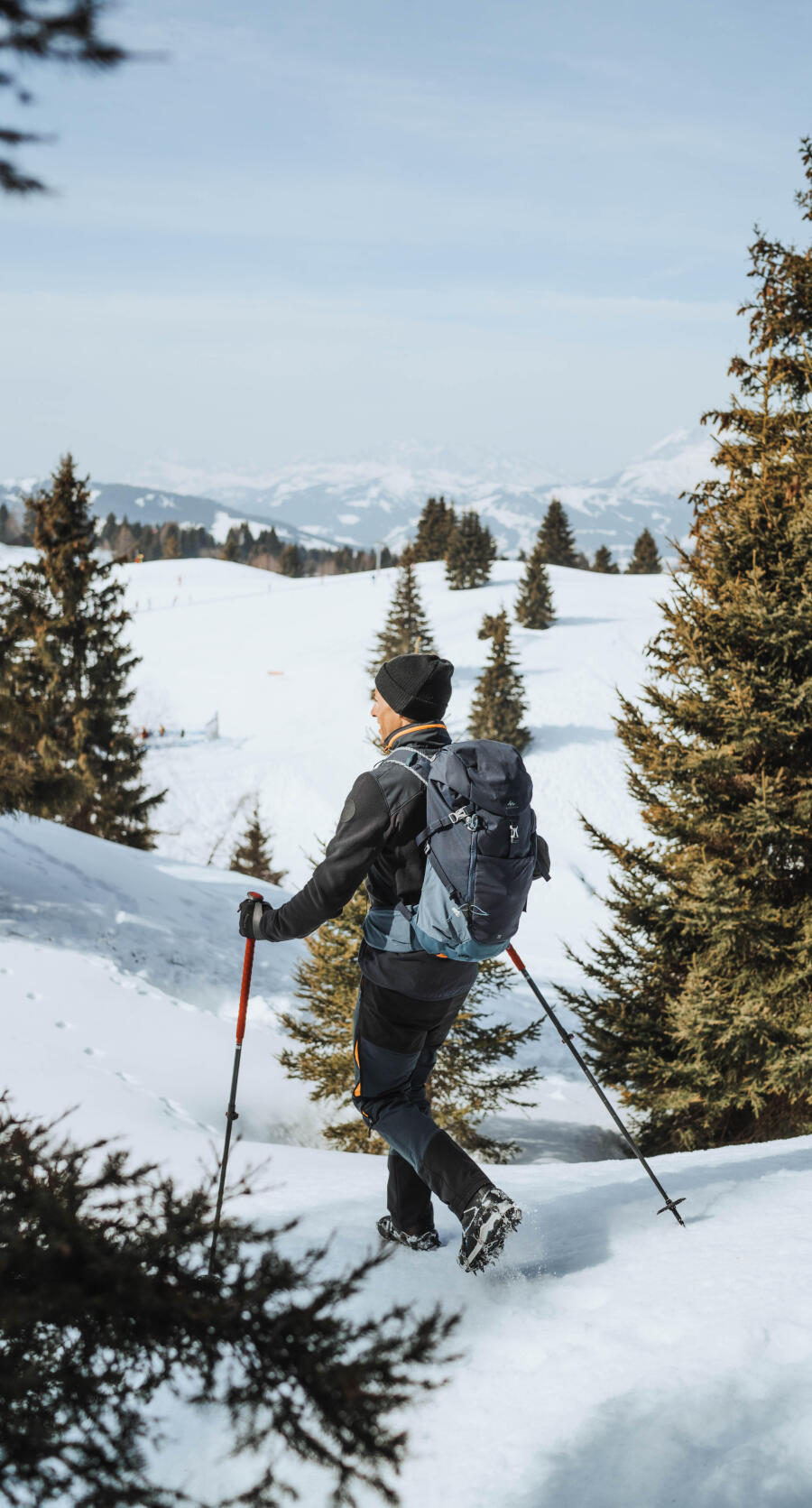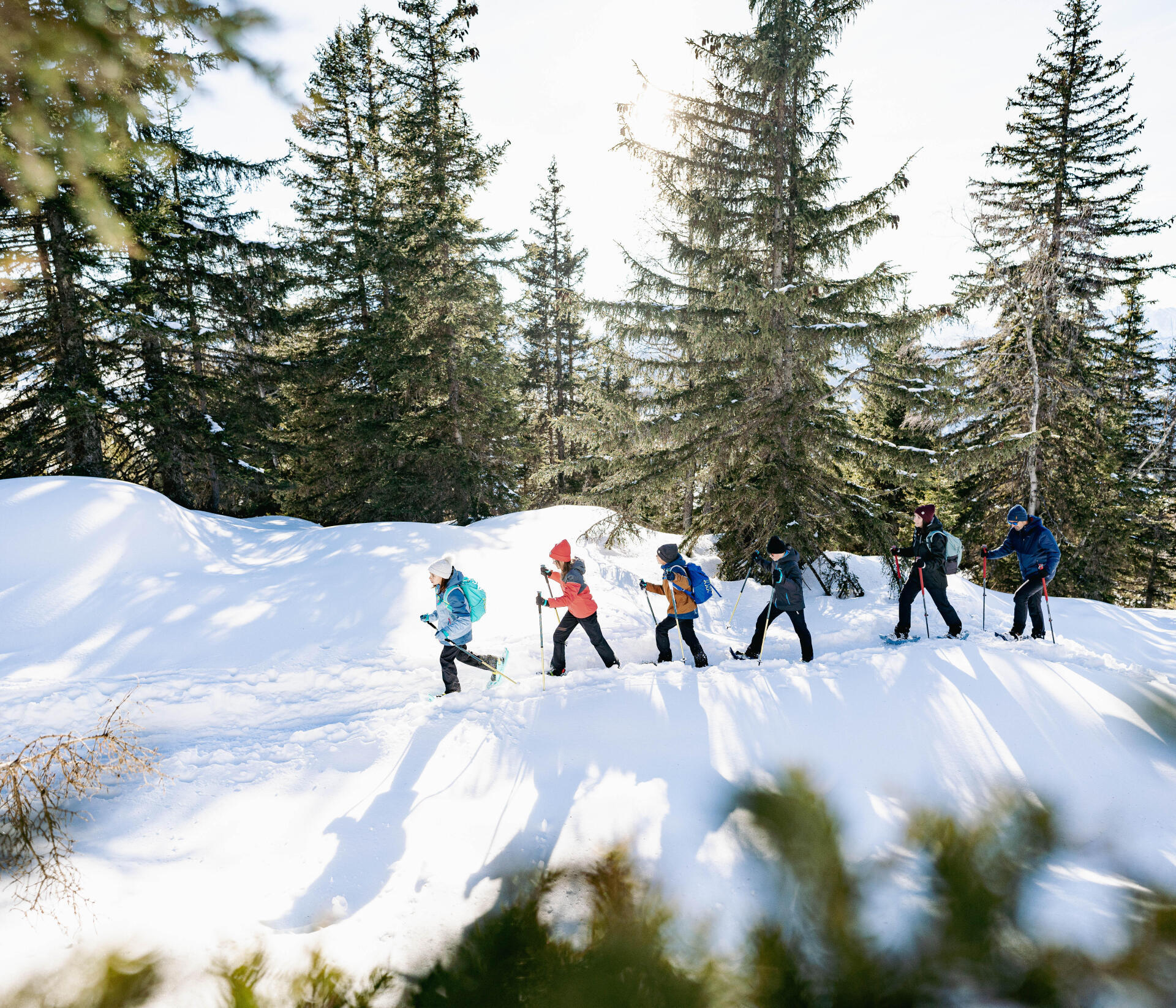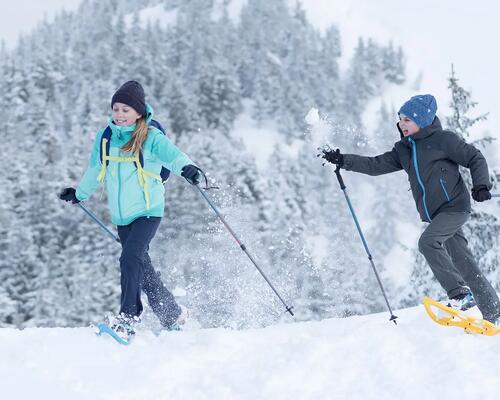How to walk in the snow?
To walk safely in the snow, it’s ideal to be equipped with shoes designed for walking on snow. These are designed to keep your feet warm and to give you a sole that grips and sticks to the snow. Shoes or boots, the choice is yours! A little additional information to help you choose the right shoes: the comfort temperatures of our snow hiking footwear are calculated in active and static conditions. If you are planning to stand in a snowy landscape: you are watching your kids ice skating for example. You won't feel the cold in the same way as if you’re active. Take a good look at the product sheet and the weather forecast before making your choice.

